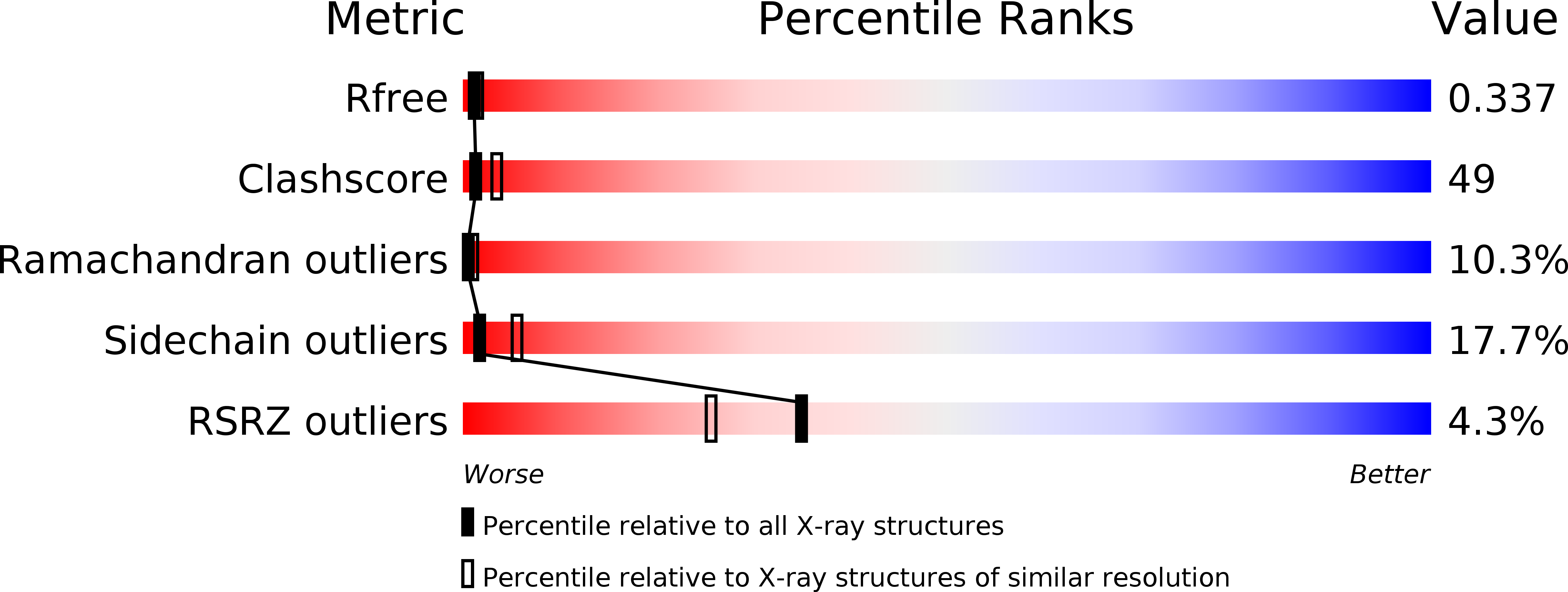
Deposition Date
2010-02-02
Release Date
2010-06-30
Last Version Date
2024-02-21
Entry Detail
PDB ID:
3LNN
Keywords:
Title:
Crystal structure of ZneB from Cupriavidus metallidurans
Biological Source:
Source Organism:
Cupriavidus metallidurans (Taxon ID: 266264)
Host Organism:
Method Details:
Experimental Method:
Resolution:
2.80 Å
R-Value Free:
0.31
R-Value Work:
0.23
R-Value Observed:
0.24
Space Group:
I 41 2 2


